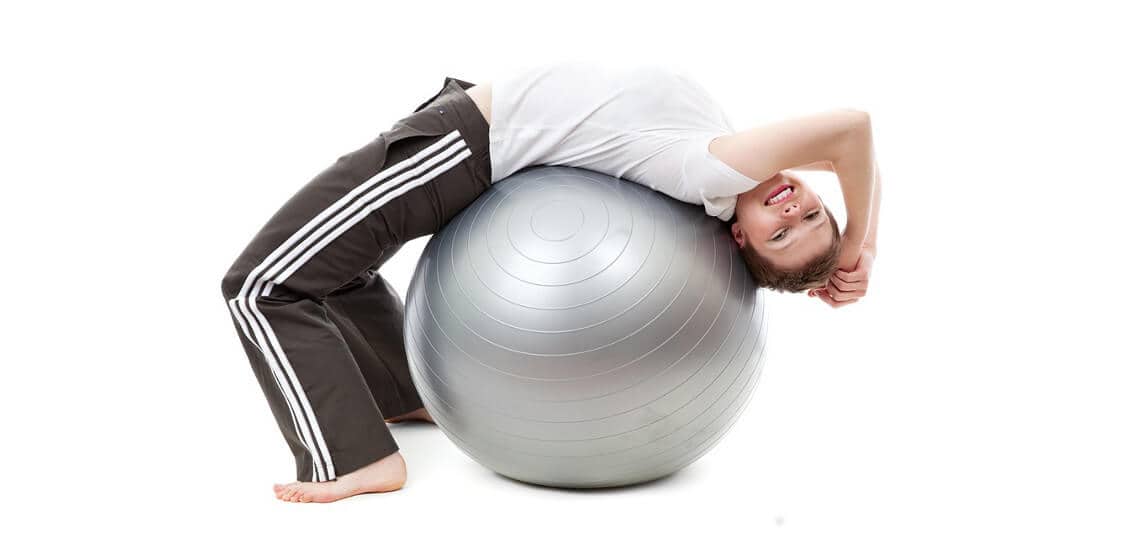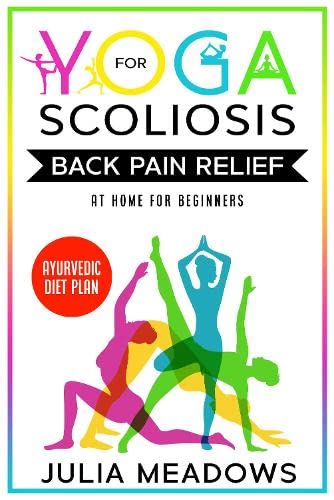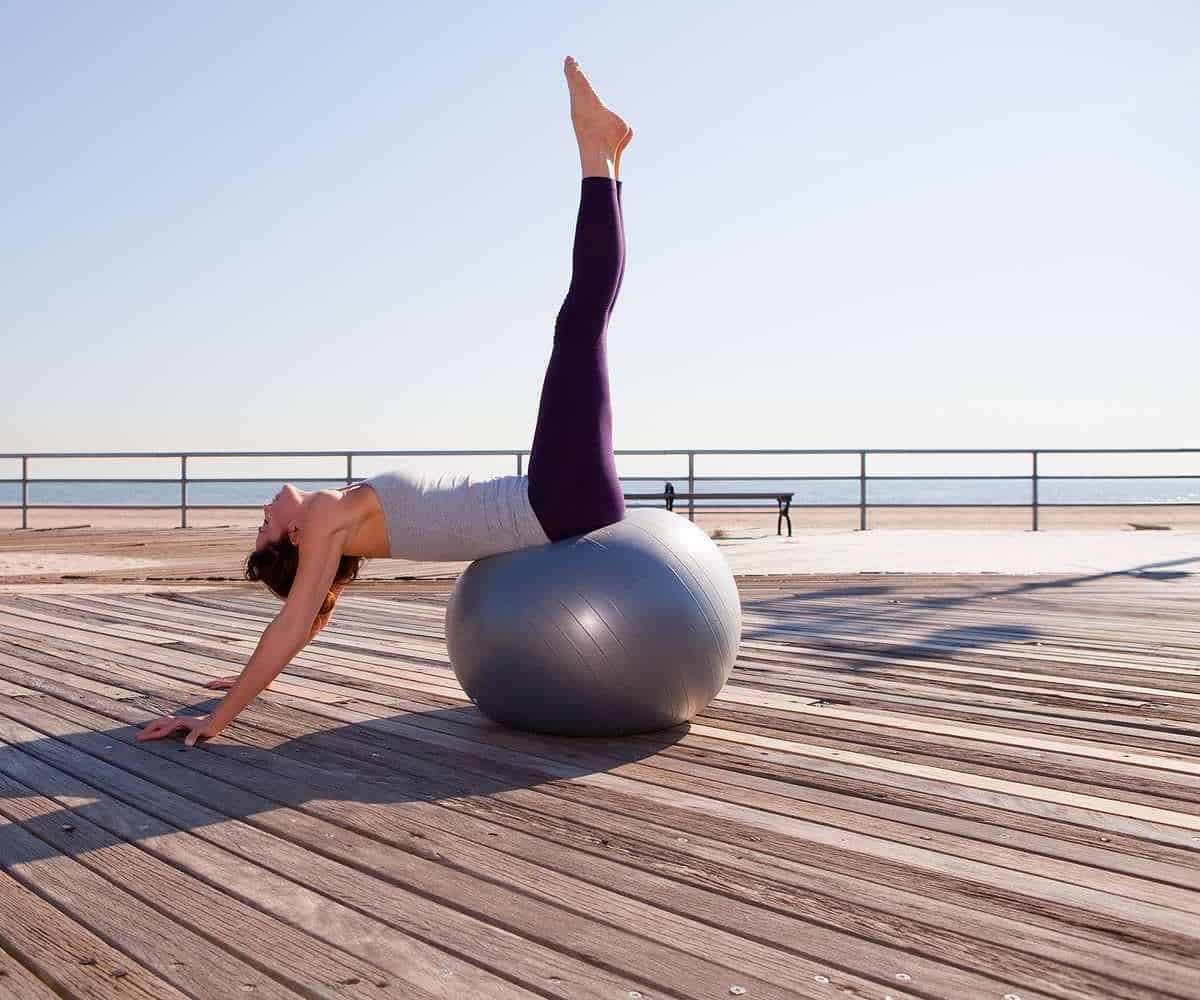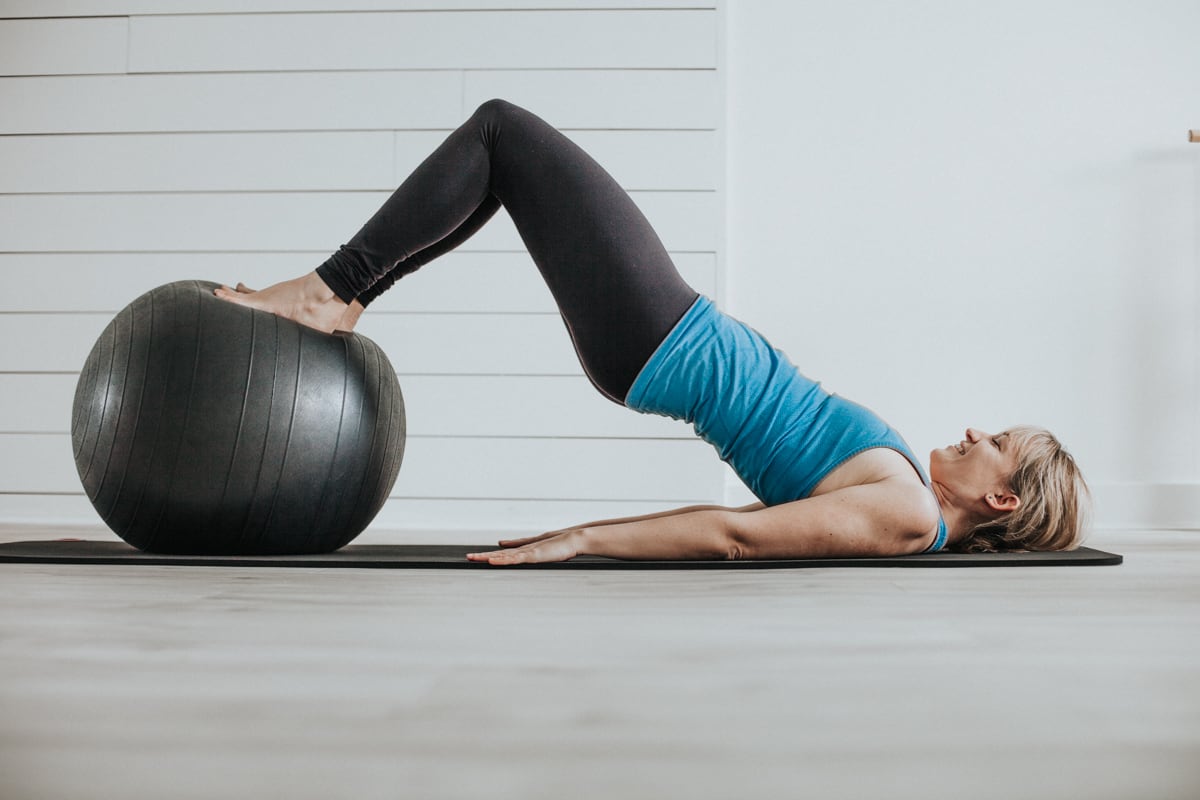If you’re suffering from back pain, incorporating a yoga ball into your exercise routine can provide significant relief. Yoga balls, also known as exercise balls or stability balls, offer a range of benefits for back pain sufferers. In this article, we will explore how to choose yoga ball for back pain relief, how to pick the right size ball, exercises for back pain relief, tips for using the ball safely, and other benefits of incorporating it into your fitness routine.
How does a yoga ball help with back pain?
Improves posture
One of the main causes of back pain is poor posture. Sitting for long periods or slouching can strain the muscles in your back, leading to discomfort and pain.
Using a yoga ball as a chair alternative can help improve your posture by engaging your core muscles and encouraging an upright position.
Sitting on a yoga ball requires active engagement of your abdominal and back muscles, which helps to strengthen and support your spine.
Strengthens core muscles
A strong core is essential for maintaining a healthy back. The core muscles, including the abdominals, back muscles, and pelvic floor, provide stability and support to the spine.
Regularly using a yoga ball for exercises engages these muscles, helping to strengthen and stabilize your core. Strengthening your core can alleviate back pain by reducing the strain on your back muscles and improving overall spinal alignment.
Provides gentle stretching and flexibility exercises
Tension and tightness in the muscles surrounding the spine can contribute to back pain. Yoga balls can be used for gentle stretching and flexibility exercises that target these muscles, helping to release tension and improve flexibility. The ball provides support and stability during stretches, allowing you to safely and effectively stretch your back, hips, and hamstrings.
Choosing the right size yoga ball
Consider your height and weight
When selecting a yoga ball, it’s important to choose the right size to ensure proper support and stability. Consider your height and weight when determining the appropriate ball size.
As a general guideline, individuals under 5’4″ should opt for a 55cm ball, while those between 5’4″ and 5’11” can use a 65cm ball. If you’re taller than 5’11”, a 75cm ball may be more suitable.
Additionally, check the weight limit specified by the manufacturer to ensure the ball can safely support your weight.
Follow the manufacturer’s guidelines
Each yoga ball may have specific inflation instructions provided by the manufacturer. It’s crucial to follow these guidelines to ensure the ball is properly inflated and provides the necessary support. Over or under-inflating the ball can affect its stability and effectiveness in relieving back pain.
Exercises for back pain relief using a yoga ball
Back extensions
Back extensions on a yoga ball can help strengthen the muscles in your lower back and improve spinal mobility.
Start by lying face down on the ball with your feet firmly planted on the ground. Place your hands behind your head or cross them over your chest. Slowly lift your upper body off the ball, engaging your back muscles, and then lower back down. Repeat for a set of 10-15 repetitions.
Seated spinal twist
The seated spinal twist is an excellent exercise for releasing tension in the back and improving spinal mobility. Sit on the yoga ball with your feet flat on the ground and your knees bent at a 90-degree angle.
Place your hands on your hips and slowly twist your torso to the right, keeping your hips stable. Hold for a few breaths, then return to the center and repeat on the left side. Perform 5-10 repetitions on each side.
Pelvic tilts
Pelvic tilts help strengthen the muscles in your lower back and abdomen while improving pelvic stability. Sit on the yoga ball with your feet flat on the ground and your knees bent at a 90-degree angle.
Place your hands on your hips and gently tilt your pelvis forward, arching your lower back. Hold for a few seconds, then tilt your pelvis backward, rounding your lower back. Repeat for 10-15 repetitions.
Bridge pose
The bridge pose targets the glutes, hamstrings, and lower back muscles, providing relief from back pain. Lie on your back with your feet flat on the ground and your knees bent.
Place the yoga ball under your feet and lift your hips off the ground, creating a straight line from your knees to your shoulders. Hold for a few breaths, then lower your hips back down. Repeat for 10-15 repetitions.
Tips for using a yoga ball safely
Inflate the ball properly
To ensure safety and effectiveness, it’s crucial to inflate the yoga ball properly. Follow the manufacturer’s instructions for inflation, and avoid over or under-inflating the ball. A properly inflated ball should allow your knees to be at a 90-degree angle when sitting on it.
Use the ball on a non-slip surface
To prevent accidents or injuries, always use the yoga ball on a non-slip surface. Place a yoga mat or a non-slip rug underneath the ball to provide stability and prevent it from rolling away during exercises.
Start with gentle exercises and gradually increase intensity
If you’re new to using a yoga ball, start with gentle exercises and gradually increase the intensity as your strength and stability improve. This approach allows your body to adapt to the new movements and reduces the risk of strain or injury.
Other benefits of using a yoga ball
Improves balance and stability
Using a yoga ball challenges your balance and stability, as it requires constant engagement of your core muscles to maintain proper posture. Regular use of the ball can improve your balance and stability, reducing the risk of falls and injuries.
Enhances overall fitness and flexibility
Incorporating a yoga ball into your fitness routine can enhance your overall fitness and flexibility. The ball adds an element of instability to exercises, engaging more muscles and increasing the effectiveness of your workouts.
It can also be used for a variety of exercises targeting different muscle groups, allowing for a well-rounded fitness routine.
Conclusion
If you’re seeking relief from back pain, a yoga ball can be a valuable tool. By improving posture, strengthening core muscles, and providing gentle stretching exercises, the yoga ball offers numerous benefits for back pain sufferers.
Remember to choose the right size ball, follow inflation guidelines, and start with gentle exercises. With regular use, you can experience reduced back pain, improved flexibility, and enhanced overall fitness. So, grab a yoga ball and start incorporating it into your exercise routine today!
Originally posted 2023-04-26 13:44:58.





